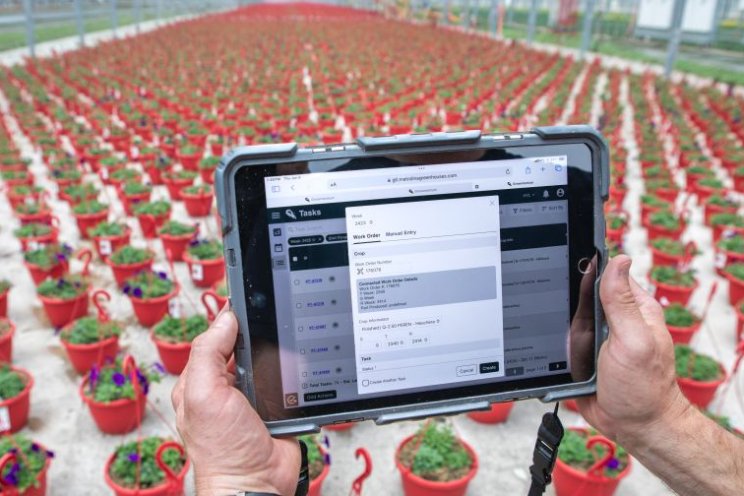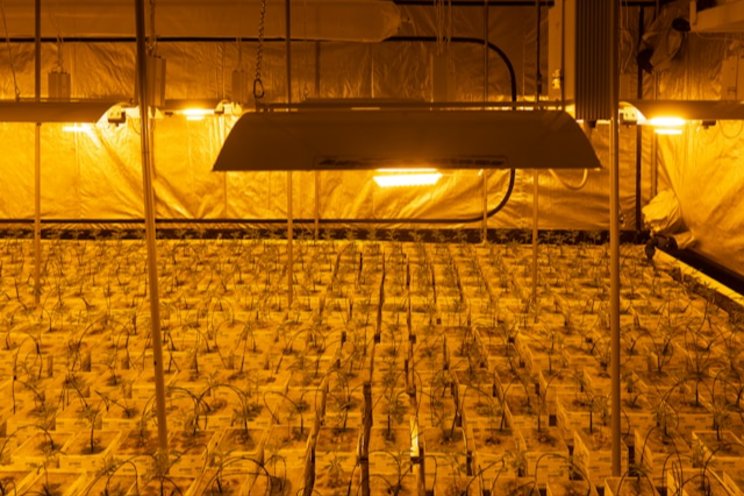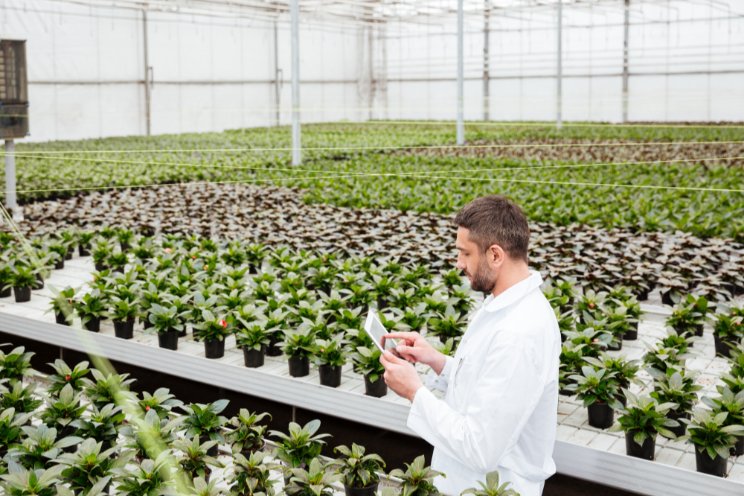Effective long-day lighting fixtures
Added on 06 November 2020

Therefore, greenhouse growers who want to regulate flowering of photoperiodic plants need to deliver lighting from around September through April. Only a low intensity of light (1 or 2 ?mol·m -2·s-1) is needed to create long days and thus, photoperiodic lighting fixtures are much less expensive to purchase and operate than those for supplemental, highintensity lighting.
There are many different kinds of lighting fixtures on the market, but some are more effective and suitable for greenhouse applications than others. This article describes the major considerations when selecting a photoperiodic lighting system.
Tolerance to growing conditions. General purpose light bulbs are those developed for indoor use, such as homes and office buildings. Most are not built to tolerate outdoor or greenhouse conditions, where they can get wet, be exposed to high humidity and high temperature, etc. In greenhouses, water droplets, water and chemical vapor, and dust can enter general use bulbs, which can reduce light intensity and lead to early failure. Therefore, it is important to use bulbs that are built to withstand plant growing conditions.
LEDs can have an ingress protection (IP) rating, which refers to the level of protection from solid objects (including dust) and liquids. The ratings are in the form of "IP-XY", where X and Y are usually numbers that refer to protection level from solids and liquids, respectively. Bulbs are increasingly more tightly sealed as the IP rating number increases. A bulb with a rating of IP-44 is susceptible to the entry of dust but is protected by the splashing of water from any direction.
This rating is subjectively the minimum level of protection needed for products with greenhouse applications. A bulb with an IP-65 rating is dust tight and even more protected against intrusion of water, and will likely perform better in growing environments than bulbs with a lower — or especially no — IP rating.
LEDs can also be certified by Underwriters Laboratories (UL) and other nationally recognized testing laboratory programs. UL recently developed standards specifically for horticultural lighting. Among the requirements to be a UL listed horticultural lighting product is the ability to tolerate damp and/or wet conditions and high temperature, as well as have ingress protection from dust. Therefore, a UL-certified lighting fixture for horticulture is another way to have confidence in its performance in growing environments.
Lighting method. The most common way to deliver photoperiodic lighting is using screw-in bulbs at fixed intervals, usually every 6 to 10 feet and at least 4 feet above the crop (Figure 1). This traditional "mum lighting" method is effective when used with incandescent bulbs, but is less effective on some long-day crops when compact fluorescents are used. LEDs are now the preferred bulb type because of their longevity and energy efficacy, although as discussed below, the spectrum influences their efficacy.
.
Figure 1. Several factors influence the efficacy of photoperiodic lighting fixtures, including tolerance to greenhouse conditions and the method, intensity, and spectrum of lighting.
There are two other types of effective lighting methods to deliver long days, and both are a type of cyclic, or intermittent lighting. One type is to use a high-pressure sodium fixture with an oscillating reflector, which moves a beam of light back and forth to crops below. More information on this strategy can be found online at www.bit.ly/3i16Pxd.
Another strategy is to install lighting fixtures on irrigation booms, and operate them at night with the lights on and water off. For more information on this approach, visit www.bit.ly/3mSaEZd
Regardless of lighting method, operate fixtures for at least four hours, either at the end of the day or the middle of the night.
Light spectrum. The influence of the spectrum of photoperiodic lighting is somewhat situational. With short-day plants, the spectrum doesn't really matter, as long fixtures emit at least a moderate percentage of red light.
With long-day plants, the spectrum matters when plants are grown under a low average daily light integral (DLI), such as less than 8 mol·m -2·d-1. In particular, for some long-day crops, flowering occurs most rapidly when low-intensity lighting emits similar amounts of red and far-red light. When the DLI is higher, the inclusion of far-red light has little to no effect on flowering of long-day crops.
PDF: Effective Long-Day Lighting Fixtures
Source: Greenhouse Product News
Photo created by cookie_studio - freepik
Source: Greenhouse Product News
More news















